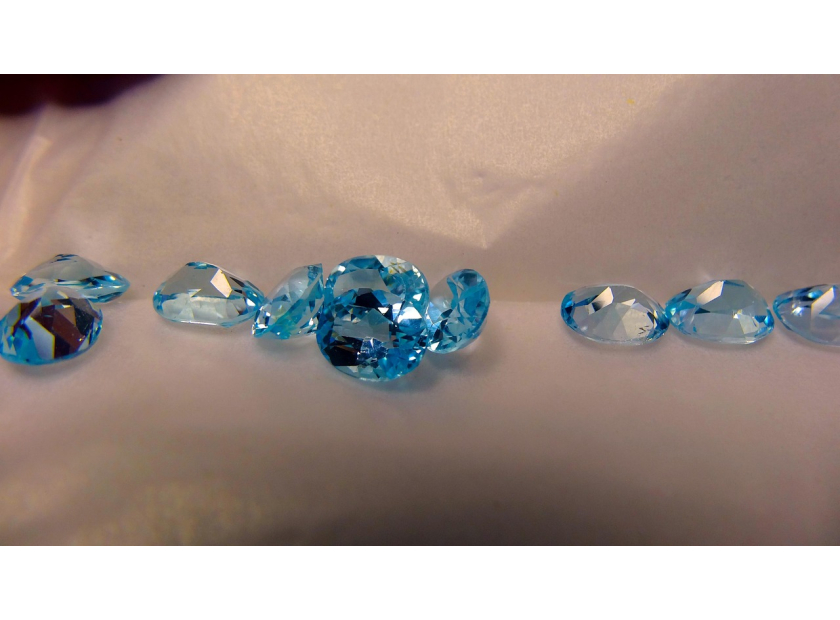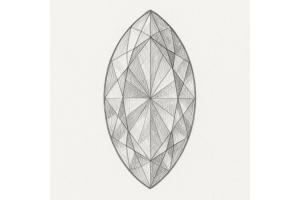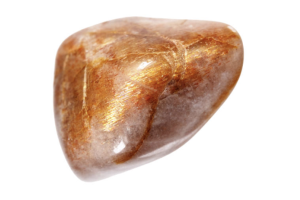USD
/
USD
/
Shipping to:
Currency:
Aquamarine vs Blue Topaz: Key Differences Between These Beautiful Blue Gemstones
Aquamarine and blue topaz are both captivating gemstones that feature prominently in many fine jewelry collections with their beautiful blue tones.
At first glance, they may look quite similar, which can make choosing between them a bit tricky.
But once you understand the key differences, it becomes much easier to pick the right one for your style and needs.
Understanding Aquamarine
Aquamarine, named from the Latin for “water of the sea,” is a variety of the mineral beryl.
It usually comes in pale blue to blue-green shades, reminiscent of clear ocean waters.
Historically, it’s been linked to calm energy and was thought to bring protection for sailors at sea.
Major sources of aquamarine include Brazil, Nigeria, and Madagascar.
If you’re considering something truly unique, aquamarine can be a great choice for non-traditional engagement rings.
You can explore engagement rings with alternative gemstones for more inspiration.
Exploring Blue Topaz
Blue topaz is a silicate mineral that is typically colorless when found naturally.
Its vivid blue shades are almost always created through a combination of irradiation and heat treatments.
Common color varieties include Sky Blue, Swiss Blue, and London Blue, each with its own intensity and charm.
Blue topaz is affordable, widely available, and very popular for both everyday and occasion jewelry.
If you're shopping for gifts or looking to treat yourself, check out gemstone rings that feature topaz in all its brilliant shades.
Distinguishing Between Aquamarine and Blue Topaz
Color Differences
Aquamarine tends to have soft, pastel-like tones, often with a hint of green. Blue topaz usually displays a bolder, brighter, and more saturated blue.
Hardness and Durability
Both stones are quite durable. Aquamarine ranks 7.5 to 8 on the Mohs hardness scale, while blue topaz is about 8.
They’re suitable for regular wear, especially when set in protective settings.
Clarity and Inclusions
Aquamarine is usually very clear with minimal inclusions. Blue topaz is also often eye-clean, thanks to the treatments it undergoes.
Treatments
Aquamarine is sometimes heat-treated to enhance its blue color. Blue topaz, however, is almost always treated to achieve its striking shades.
Price Range
Blue topaz is generally more affordable than aquamarine, which is rarer and usually considered more valuable due to its natural color and clarity.
How to Tell Them Apart
It’s not always easy to tell the difference just by looking. Aquamarine has a slightly greenish tint, while blue topaz is usually more vibrant and colder in tone.
The best way to be sure is by consulting a professional or asking for a gem certificate when buying.
Curious about how these stones form? You might enjoy reading about how gemstones and diamonds are formed and how their origins affect their appearance and rarity.
Choosing the Right Stone for You
Your choice depends on personal preference, budget, and meaning.
Aquamarine offers a calm, classic look that many find elegant and understated. Blue topaz delivers a more modern, vivid pop of color.
If you're searching for something creative and less conventional, explore non-traditional engagement ring styles that include both of these beautiful blue stones.
Frequently Asked Questions
Is blue topaz a good alternative to aquamarine?
Yes! Blue topaz is a fantastic and more affordable alternative, with brighter shades and similar clarity.
Can aquamarine and blue topaz be worn together?
Definitely. Their cool tones work well together and can complement each other in multi-stone pieces.
Which gemstone is better for everyday wear?
Both are durable enough for daily wear. That said, aquamarine’s natural softness might require slightly more care.
How do I clean aquamarine or blue topaz jewelry?
Use mild soapy water and a soft brush. Avoid ultrasonic cleaners and harsh chemicals, especially for treated stones like topaz.








